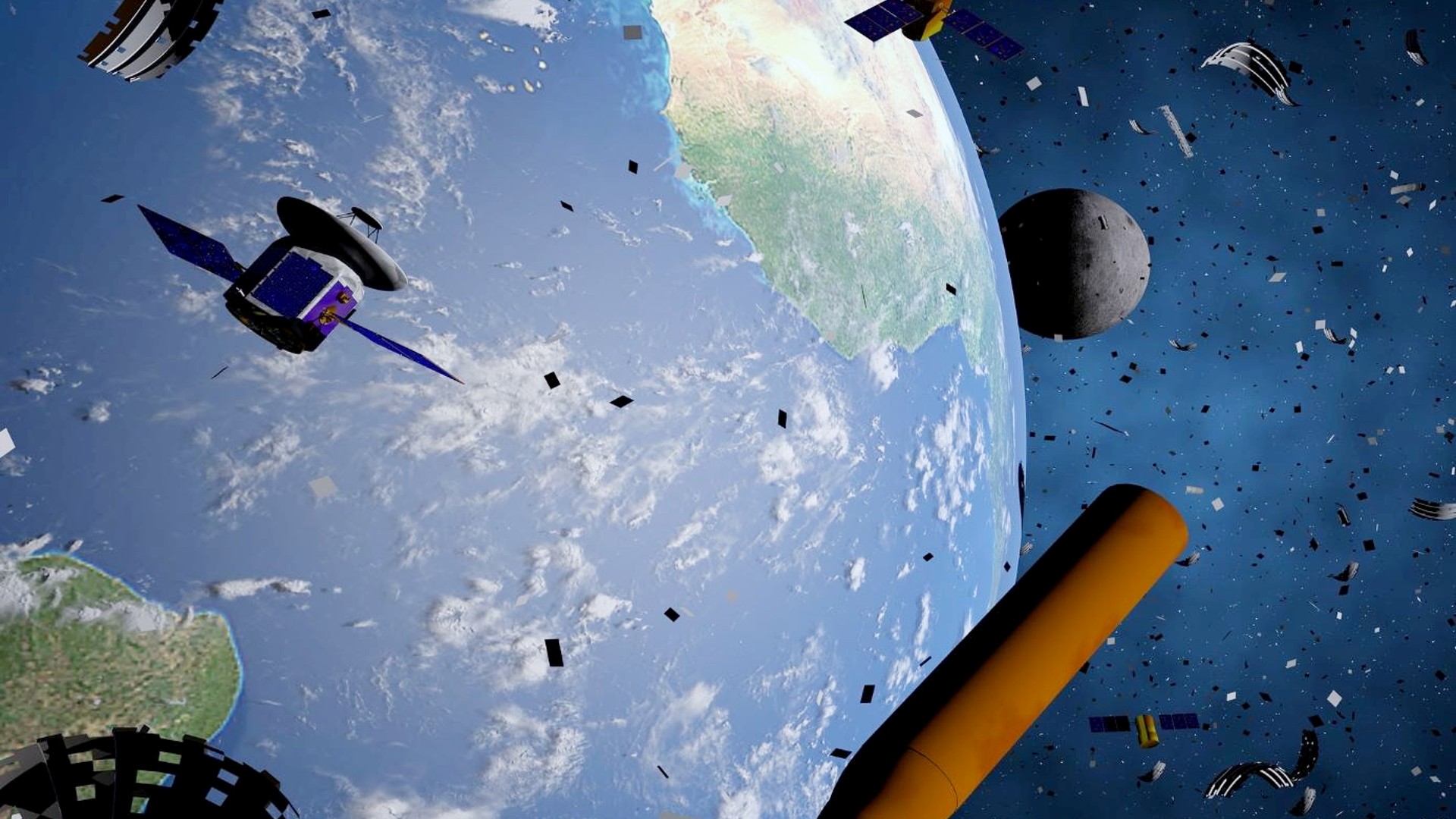India aims to achieve 'debris-free' space missions by 2030
India has announced its intent to join the global effort to reduce space debris in low Earth orbit.

In late March, the Indian Space Research Organisation (ISRO) announced that one of its satellite missions "practically left zero debris in orbit" after a spent rocket stage was lowered to burn up in Earth's atmosphere during re-entry.
Similar deorbiting techniques will be used to make future missions "debris-free" by the end of this decade, ISRO Chairman S. Somanath said last week.
"Over the years, sufficient skill has been developed within ISRO in dealing with topics related to debris management," Somanath said in a session hosted by the Inter-Agency Space Debris Coordination Committee (IADC), whose 13 members include all major spacefaring nations. "We want to make sure that for all the spacecraft we are likely to launch in the future, we will be taking action to make sure that we de-orbit and bring it to a safe location."
India currently has 54 spacecraft in orbit excluding non-functional satellites, of which 13 were deorbited for reentry into Earth's atmosphere last year. In February, an Earth-observation satellite named Cartosat-2 that ISRO had launched in 2007 was lowered for a controlled atmospheric reentry over the Indian Ocean, and all major parts of the satellite were predicted to vaporize during the event.
This may not always be the case. It's hard to predict whether a certain satellite will completely burn up during reentry, and scientists are realizing that more objects survive the journey to the surface than previously thought. Just last month, for example, a piece of debris from a pallet of used batteries thrown overboard from the International Space Station — trash that NASA predicted would burn up completely — slammed into a home in Florida.
About 30,000 objects larger than a softball and millions smaller than a centimeter, circling Earth at speeds up to ten times faster than a bullet, are scattered throughout low Earth orbit. Due to collisions and unintentional explosions, dead or malfunctioning satellites and spent rocket stages have been the main sources of space trash, forcing space agencies and commercial corporations to purposefully lower their satellites for atmospheric reentry.






















